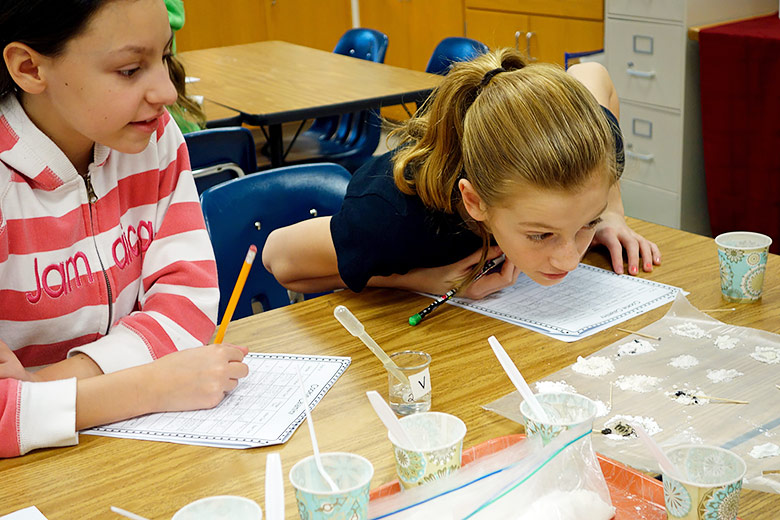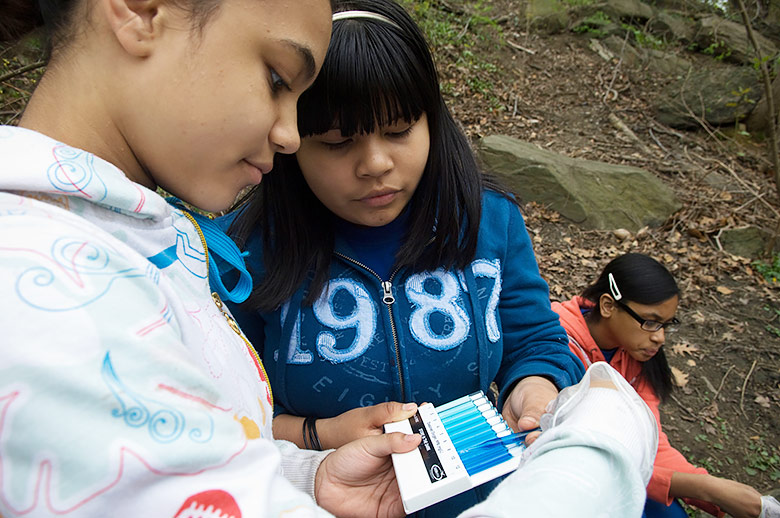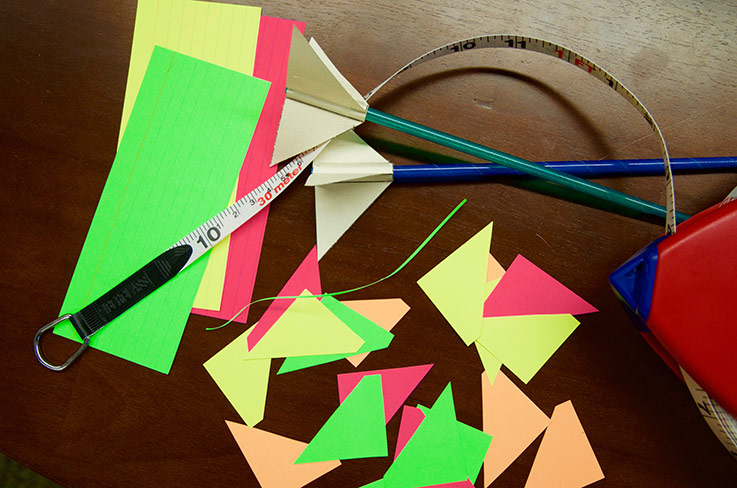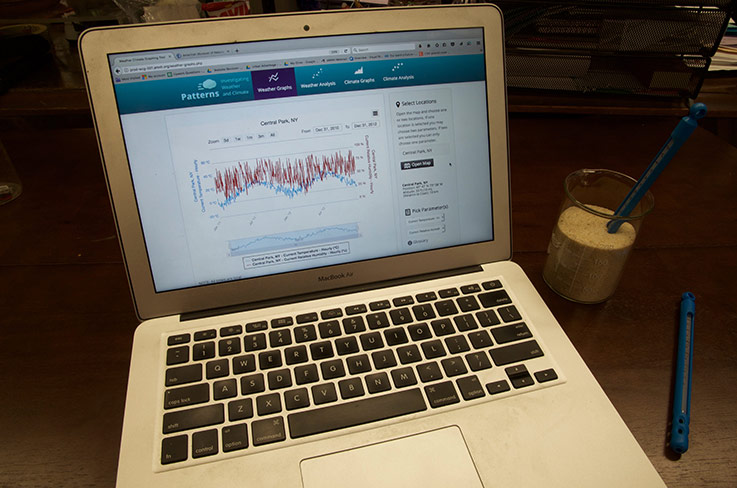Science Strategies

An investigation of the effect of different liquids on a powder
Controlled Experiment
A controlled experiment is an experiment in which you change one thing (independent variable) and measure how this change affects something else (dependent variable). In a controlled experiment you design an investigation based upon background research and your hypothesis.
To raise your confidence in your findings, it is a good idea to conduct at least 5 trials for each level of your independent variable.
Example experiments include:
The effect of pendulum length on the period of pendulum’s swing
The effect of nitrogen concentration on the growth of potted plants

Investigators measuring the dissolved oxygen in the water of a stream
Field Study
A field study is an investigation in which you choose to observe and measure how one part of a natural system affects another. For this type of investigation you do not change anything in the environment yourself but rather collect data on the conditions in the field, as they exist. Based on background research and your hypothesis you may choose to obtain data in different locations where some aspect of the environment might be different, at different times of day or seasons, etc.
Example investigations include:
The effect of proximity of feeding time on the barking behavior of sealions
The effect of water flow rate on turbidity
The effect of a change in air pressure on rainfall

How will the number of fins affect the distance these two rockets will fly?
Design Experiment
During a Design Investigation you evaluate different designs by testing multiple independent variables using controlled experiments. With background information, and the data collected, you analyze your results to identify the best features of your design. You then design, and test the best solution to see if it meets your design challenge.
Example experiments include:
The effect of fin number and nose cone mass on distance a rocket flies
The effect of trebuchet arm length and counter weight mass on distance a projectile is tossed

A great deal of weather and climate data is gathered by different organizations and is available over the internet. This computer is displaying the “Patterns Investigating Weather & Climate” graphing tool on the American Museum of Natural History’s website.
Secondary Research
A secondary research investigation utilizes data collected by other scientists. After obtaining background information about the system you are curious about, you will create a hypothesis about how one part of the system affects another. This hypothesis is tested by analyzing data sets on these two variables, and reflect on whether or not your hypothesis is supported by the data
Example investigations include:
The effect of zebra mussel population density on turbidity
The effect of wind direction on precipitation in New York City